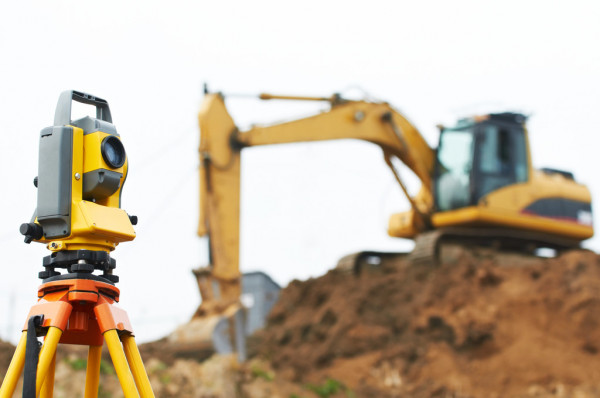The Good Despair of the 1930s somewhat impacted virtually every occupation. Land surveyors and civil engineers weren’t immune to the economic downtown, and thousands shortly discovered themselves searching for work in once-booming towns. By 1933, the Federal Disaster Aid Administration, a government company, called the United States Coast & Geodetic Survey, or C&GS, to apply a course to produce employment opportunities for surveyors and designers
The original targets of the C&GS plan involved employment as high as 15,000 surveyors and engineers. Despite an original lack of specific surveying gear and cars needed for transport to study internet sites, this program was technically established in December of 1933. Oftentimes, C&GS lent unused gear from railroads, state highway sectors, municipalities, and construction companies. Still, this equipment usually did not offer the amount of detail to which surveyors were accustomed
Perform started almost straight away in every state of the united states underneath the auspices of the Civil Operates Government (CWA). Nevertheless, since this system was started in December, function started in Winter, traditionally the smallest amount of effective year for surveying. Federal funding dried out by January of 1934, causing purchases to quit hiring new surveyors. Almost 10,000 qualified surveyors and engineers continued on the project, under all but four states used 3d laser scanner.
Jobs performed by surveyors through the Great Despair varied generally between states. Much like many other Depression-era perform programs, several applications wouldn’t have already been considered were it not for the demanding need to create employment. The tasks were water related, such as the establishment of outside and vertical control lines on rivers, canals, and dams. Although some surveys extended below this program as late as 1939, in most states the surveys were finished by early 1935. Data through July 1934 reveal that 20,000 miles of progressing, 1,200 miles of triangulation, and 14,000 miles of traverse have been completed within the project.
In one of many related attempts to employ area surveyors throughout the Good Depression, Georgia commissioned a large-scale survey which led to the very first time in the state’s history that all of the area and boundaries were tested and monumented. The Wisconsin Area Economic Stock, usually called the ‘Bordner Study,’ is yet another exemplory instance of Depression-era surveying projects. The target of this task was to stock Wisconsin’s area resources. Area personnel, often foresters, worked with area surveyors to chart current land use across the whole state. Each place produced as part of the Bordner Survey addresses one study township.
Most surveys through the country began or ended at identified C&GS survey monuments, where possible. The monuments useful for Depression-era surveys below C&GS are brass devices lettered with what “state survey” along with saving the usual survey information. Surveys in the usa of North Carolina and Pennsylvania applied steel monuments cast with folk stories unique to these states.
The Despair work projects for surveyors and engineers truly used tens of thousands of surveyors, and in many cases taught surveyors more contemporary methods of surveying. Nevertheless, it has been argued that bad preparing and fast implementation resulted in far less genuine field perform than could have been accomplished with similar manpower at yet another time. The majority of the true field perform proportions, actually, have been lost to time, as only the ultimate measurements were transmitted to C&GS. As a result, the area perform cannot be confirmed today to ensure the monuments have been in the correct position.

